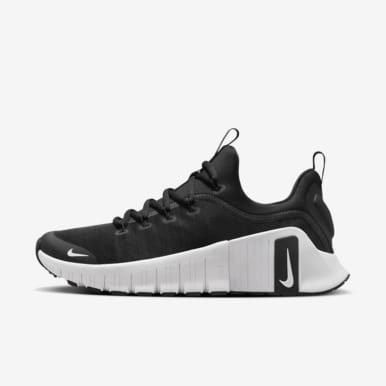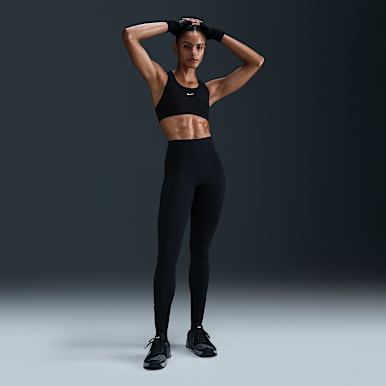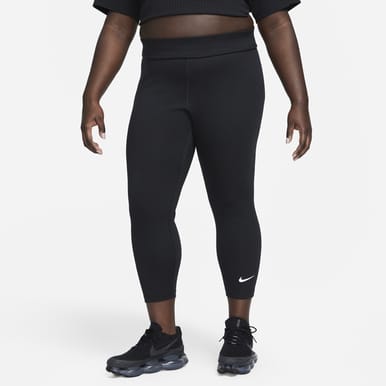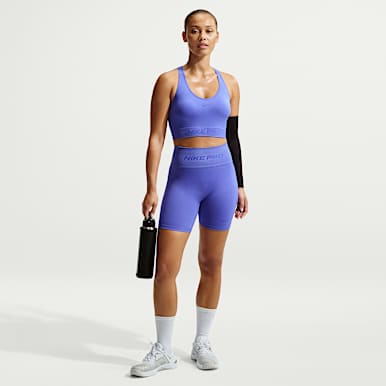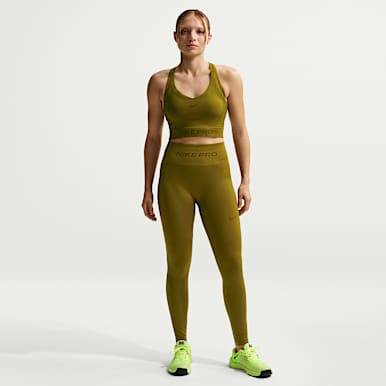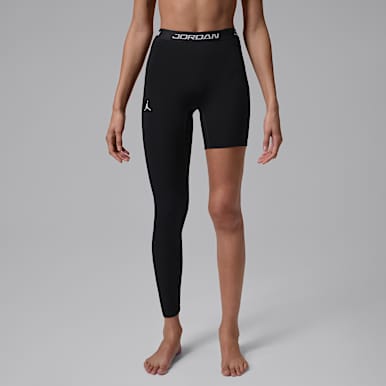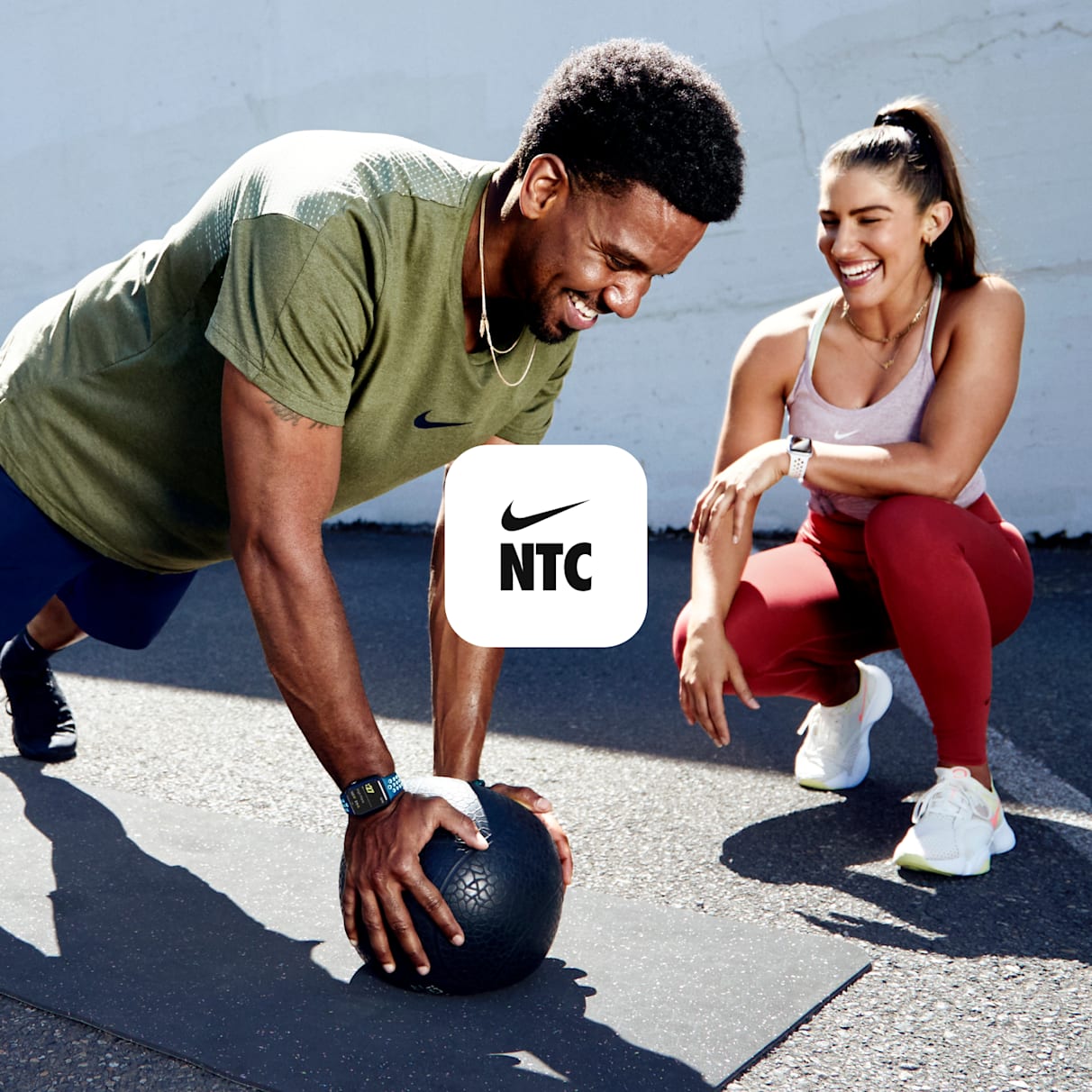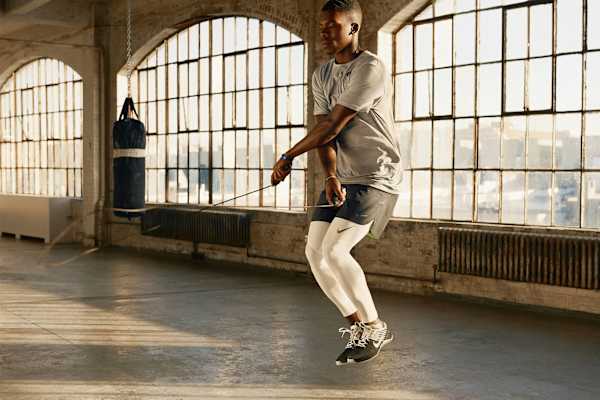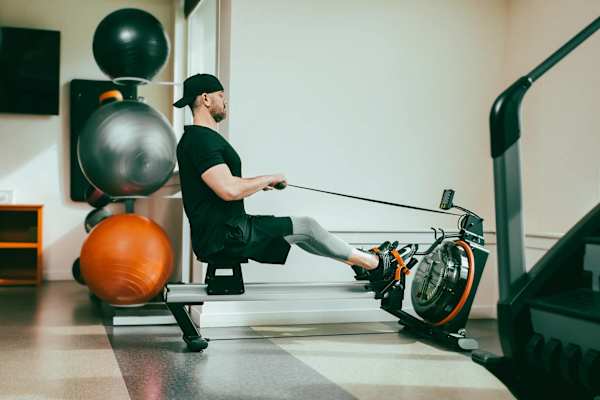What Are the Benefits of Skipping Every Day?
Sport & Activity
From boosting heart health to decreasing anxiety levels, skipping can be an effective (and fun!) cardio exercise.
Skipping isn't just for kids. The exercise is versatile and often used as a warm-up or even as a key part of the workout itself.
Mike Matthews, ISSA-certified personal trainer and author of "Muscle for Life: Get Lean, Strong, and Healthy at Any Age!" says that skipping can fit seamlessly into just about any workout routine.
"You can skip at a slow, steady pace if you want to use it as low-impact, steady-state cardio or you can increase the intensity with techniques like high knees or double-unders (when the rope passes under the feet twice per jump), if you want to use it for HIIT-style training", he says. "Plus, if you're pushed for time and looking for an effective full-body workout, skipping is an excellent solution".
Not only can the repetitive movement of skipping elevate your heart rate, work muscles in the arms and legs, and burn calories, it may even provide a quick jolt of joy. If you find skipping to be a fun activity, you'll probably stick with it. A 2020 study published in the journal Frontiers in Psychology found that any form of physical activity someone considers enjoyable and stimulating can encourage them to work out more often.
And, skipping can also be a safe exercise for people of all ages. A 2018 meta-analysis of nine studies published in Sports Medicine found that up to three training sessions of skipping per week (where each session included three sets of 10 jumps per set, followed by 60 seconds of rest after each set) can enhance strength in adults over the age of 50. It's important to note, though, study participants didn't have any medical condition that could impair movement. Make sure you check in with your doctor to decide if skipping will be an effective exercise for your needs.
Before You Skip, Consider These Tips
If you haven't picked up a rope in a while, start with one that's the right length for your height.
"Stand on the middle of the rope with both feet, then grab a handle in each hand and lift them to chest height with your arms straight", says Matthews. "If the ends of the rope (the part where the rope meets the handle) reaches your armpits, the rope is the correct length".
Next, choose a solid surface to exercise on.
"Surfaces like concrete or tarmac can work, but they can also batter your joints if your sessions are long or you have ankle, knee, hip or lower-back problems", continues Matthews. "Ideally, do your workouts on a dense rubber or hard wooden surface, the kind you'd normally find in a gym, playground or tennis court".
RELATED: 5 Yoga Poses To Help Relieve Lower-Back Pain
In terms of mastering proper form while skipping, Stephanie Mansour, AFAA-certified personal trainer, ASFA-certified Pilates instructor, and host of the PBS show "Step It Up with Steph", recommends standing up tall and pulling your navel in towards your spine to engage your core.
"Hold the handles of the rope tightly, but not with a white-knuckle grip", she says. "As you jump with [either] single leg or double leg, land with a soft knee—meaning do not land with straight legs".
Instead, she says to bend at the knee so that the joints in your knee don't take on as much impact from the leg landing on the ground after each jump. Matthews adds that a common mistake is jumping too high.
"Stay on the balls of your feet and only jump about an inch off the floor each time. This makes the movement more efficient, along with helping to protect your joints and allowing you to skip for longer".
Keeping your jumps closer to the ground can reduce the force of the impact from each jump. Mansour also stresses the importance of taking it slow in the beginning and being kind to your body.
"I would advise that people start with just 60 seconds or 60 jumps", she says. "Also, when you begin skipping again, bear in mind that it's normal to get stuck and feel frustrated", and she assures you'll be back in the swing of things (literally) in no time.
5 Benefits of Skipping
1.Skipping May Boost Heart Health
Several studies show that skipping is a highly effective way to improve cardiovascular fitness and lower blood pressure, says Matthews.
Physiotherapy researchers conducted a 2019 experimental study with young men where one group skipped twice a day for 12 weeks while the other group followed their usual exercise routine. As a result, the skipping group demonstrated statistically significant improvements in VO2 max (or maximal oxygen consumption, a measurement of how much oxygen the body uses during exercise).
Another 12-week, 2019 study in the European Journal of Applied Physiology found that skipping had a positive effect on numerous risk factors associated with cardiovascular disease including body composition, inflammation, blood pressure and vascular function (how blood and lymph circulates throughout the body) in teen girls with prehypertension.
2.Skipping Helps Improve Coordination
Italian scientific researchers gathered a group of preadolescent footballers and directed a portion of them to skip before training for a period of eight weeks. According to their findings, which were published in a 2015 issue of Journal of Sports Science & Medicine, the young athletes who skipped demonstrated better motor coordination and balance compared to their non-skipping teammates.
"Skipping improves balance and stability in the lower body", says Mansour. "The ankle and knee joints stabilise with every single movement".
The main reason: this exercise requires a lot of hand-eye coordination where the feet are learning how to make repetitive small and quick jumps. "Plus, the knees and the hips are working in conjunction with the ankle joints since the body works as a whole to jump repeatedly", she adds.
3.Skipping Can Build and Maintain Bone Density
"Skipping has been shown to increase bone [mineral] density, which is particularly important for perimenopausal—transitioning to menopause—[people]", says Matthews.
A 2021 study observed young female Olympic swimmers who incorporated two new exercises into their routine twice a week: skipping and whole-body vibration (which involves sitting, standing or lying down on a vibrating machine). After 22 weeks, the swimmers' test results showed increased bone mineral density on the lumbar spine, hips and neck, along with a reduction in body mass in the lower body.
Furthermore, a 2015 randomised controlled trial in the American Journal of Health Promotion unveiled that women between the ages of 25 and 50 who skipped twice a day between 10 and 20 times (with 30-second rest intervals between each skipping session) saw significant gains in hip bone mineral density after eight weeks.
4.Skipping Increases Running Speed
Take note, runners. A meta-analysis of 21 studies published in 2021 identified a link between skipping and faster running times for distances between two and five kilometres (1.2–3.1 miles). More than 500 adults showed significant improvements in jump performance, sprint performance, reactive strength (a measurement of how high an athlete jumps after landing) and running economy (a measurement of multiple characteristics, such as cardiorespiratory and metabolic rate).
Additional research published in a 2020 issue of International Journal of Sports Physiology and Performance revealed similar findings. "Runners who warmed up with 10–20 minutes of skipping improved their 3K time significantly more than those who didn't skip to warm up", says Matthews. More specifically, the study subjects used a skipping rope two to four times a week to warm up for a total of 10–20 minutes each week, over the course of 10 weeks.
Don't miss 8 Warm-Up Exercises To Help You Prepare for Your Workout!
5.Skipping May Help Ease Anxiety
In order to find out if skipping has an impact on mental health, the authors of a 2021 study instructed a divided group of volunteers to skip for seven sessions where each session lasted two minutes—followed by one minute of rest. The results—which involved participants filling out a psychological questionnaire, taking a performance test and undergoing saliva and urine tests—revealed that adults who skipped showed significant reductions in anxiety scores and improved levels of attention span and cognitive function. The participants also showed higher levels of 5-hydroxyindoleacetic acid in their urine, indicating a rise in serotonin (aka, a neurotransmitter associated with regulating mood and lowering anxiety).
When muscles contract during an activity, such as skipping, certain amino acids (branched-chain) circulating in your blood are necessary for the muscles to work, explains Elizabeth Lombardo, Ph.D., a licensed clinical psychologist and author of "Get Out of the Red Zone: Transform Your Stress and Optimise True Success".
"These amino acids are usually in competition with tryptophan—the precursor of serotonin—to cross the blood-brain barrier, meaning to enter the brain", she says. "So with less of these amino acids available, it increases the chance that tryptophan is picked up, which can result in an increase in serotonin in the brain".
The bottom line? Research suggests that skipping can provide different types of health benefits to a wide scope of people. If your doctor approves, consider adding a few minutes of skipping to your next workout—no matter what your goals are. Then, make sure you download the Nike Training Club App for more expert-backed advice and fitness tips!
Words by Amy Capetta





